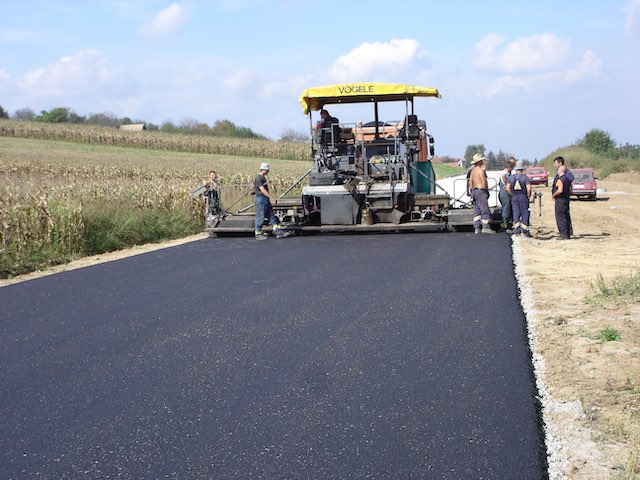Danny Westneat, a columnist for the Seattle Times, openly wonders why Seattle is building so much light rail when we seem to be entering “an era of ‘untransit.'” He quotes a Stanford law review article saying that Zoom is “the modern equivalent of the streetcar — a technological advance that will profoundly alter land use.”
Puget Sound Transit is spending tens of billions of dollars building high-cost, low-capacity transit lines that make even less sense after COVID than they did before, yet there is no indication that Sound Transit is changing is plans in response to the pandemic. Photo by brewbooks.
Instead of altering their plans, however, transit agencies and transit advocates are busy trying to figure out how to justify increased subsidies for decreased ridership. Many of them are hoping that “equity” can be the issue that tips the balance in favor of more subsidies. Continue reading

















